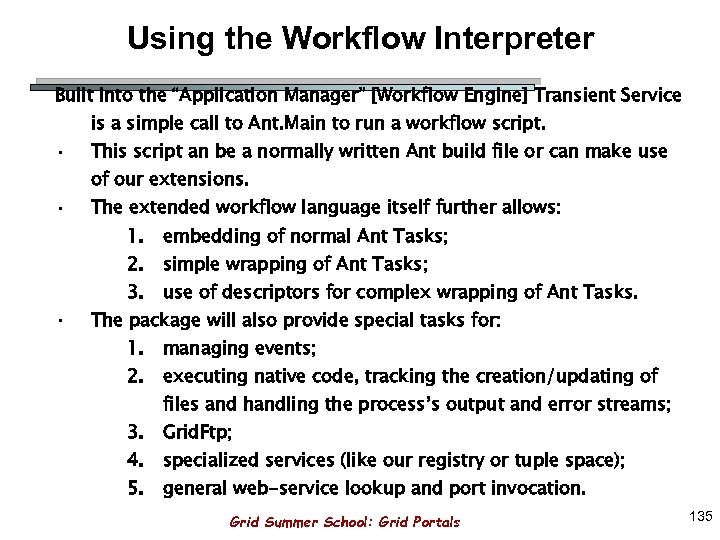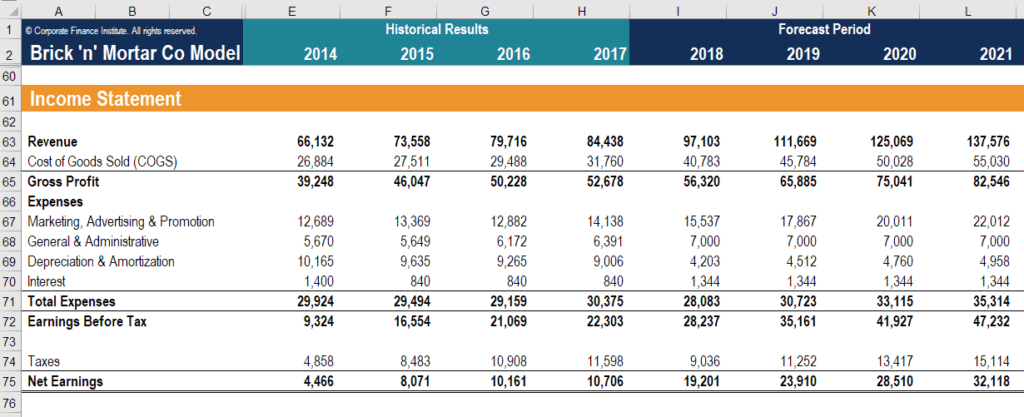
#Which of the following processes requires separate plumbing series#
In yet another embodiment, a controller controls an array of power cells to generated output power by dynamically configuring a number of power cells in an array of power cells in series or parallel combination coarsely tune the output power by dynamically configuring the series combination of the power cells and finely tune the output power by dynamically configuring the parallel combination of the power cells.Ĭoarsely or finely tuning the output power may include feeding back at least one operating parameter of the power cells and dynamically configuring the series or parallel combination of power cells, respectively, as a function of the at least one operating parameter. In another embodiment, a method of operating a plurality of power cells includes configuring a first bank of power cells in series combination to produce an output voltage and current to provide power to a load and dynamically configuring at least one second bank of power cells, configured to produce substantially the same output voltage as the first bank, in parallel with the first bank to provide power as a function of a combination of the voltage and current produced by the first bank and the at least one second bank.Įach bank may include multiple power cells in parallel, optionally statically or dynamically configured. The voltage or current waveform may be adjusted to compensate for effects of a load.

Internal or external electronics element(s) may present a representation of a waveform, and the controller may control an array as a function of the representation.

Further, the controller may dynamically produce power with a voltage or current waveform as a function of an input voltage or current waveform, proportional or inversely proportional to the input voltage or current waveform, as a linear function of the input voltage or current waveform, or as a non-linear function of the input voltage or current waveform.

By sensing a power draw of a load and feeding back a representation of the power draw, a controller may control the generation of power dynamically to an amount sufficient to support the power draw but with reduced excess power compared to generating the power in an absence of feeding back the representation of the power draw. Sensors may feed back a representation of the power to control the at least one electrical element to regulate the power output by the plurality of power cells. Controlling the generation of power may be performed in an open- or closed-loop manner to an arbitrary operating state within a range of operating states physically possible by the plurality of power cells. Dynamically controlling the generation of power includes opening and closing the switches to control aggregate output voltage, current, or both by the plurality of power cells. The at least one electrical element may be a plurality of switches coupled to the power cells in an arrangement configured to connect the power cells in series or parallel. SUMMARY OF THE INVENTIONĪn embodiment of the present invention includes a method or corresponding apparatus of operating power cells by dynamically controlling generation of power by at least a subset of power cells among a plurality of power cells in a presence of fuel and oxidant through electrical control of at least one electrical element coupled to at least a subset of the plurality of power cells. Using conventional semiconductor fabrication methods, such fuel cells can be made extremely small, in very great quantity, and at very low cost on a single substrate. 6,312,846 and 6,815,110, Marsh describes an approach to Proton Exchange Membrane (PEM) fuel cells fabricated on a semiconductor substrate. Within the last decade, development has addressed various types of fuel cells designed to address various applications and corresponding power levels, ranging from large stationary power plants (kilowatts to megawatts), to transportation (bus, automobile, scooter), and to smaller electronic devices (laptops, cell phones, PDAs). As environmental concerns mount and energy legislation toughens, development of “green” energy sources becomes more justified as a course of action, if not required. Invented in 1839 by William Robert Grove, electro-chemical fuel cells have recently been the subject of extensive development. BACKGROUND OF THE INVENTIONĮlectro-chemical fuel cells are not new. The entire teachings of the above applications are incorporated herein by reference. 17, 2015, which claims the benefit of U.S.

30, 2015, which is a Continuation of U.S.


 0 kommentar(er)
0 kommentar(er)
